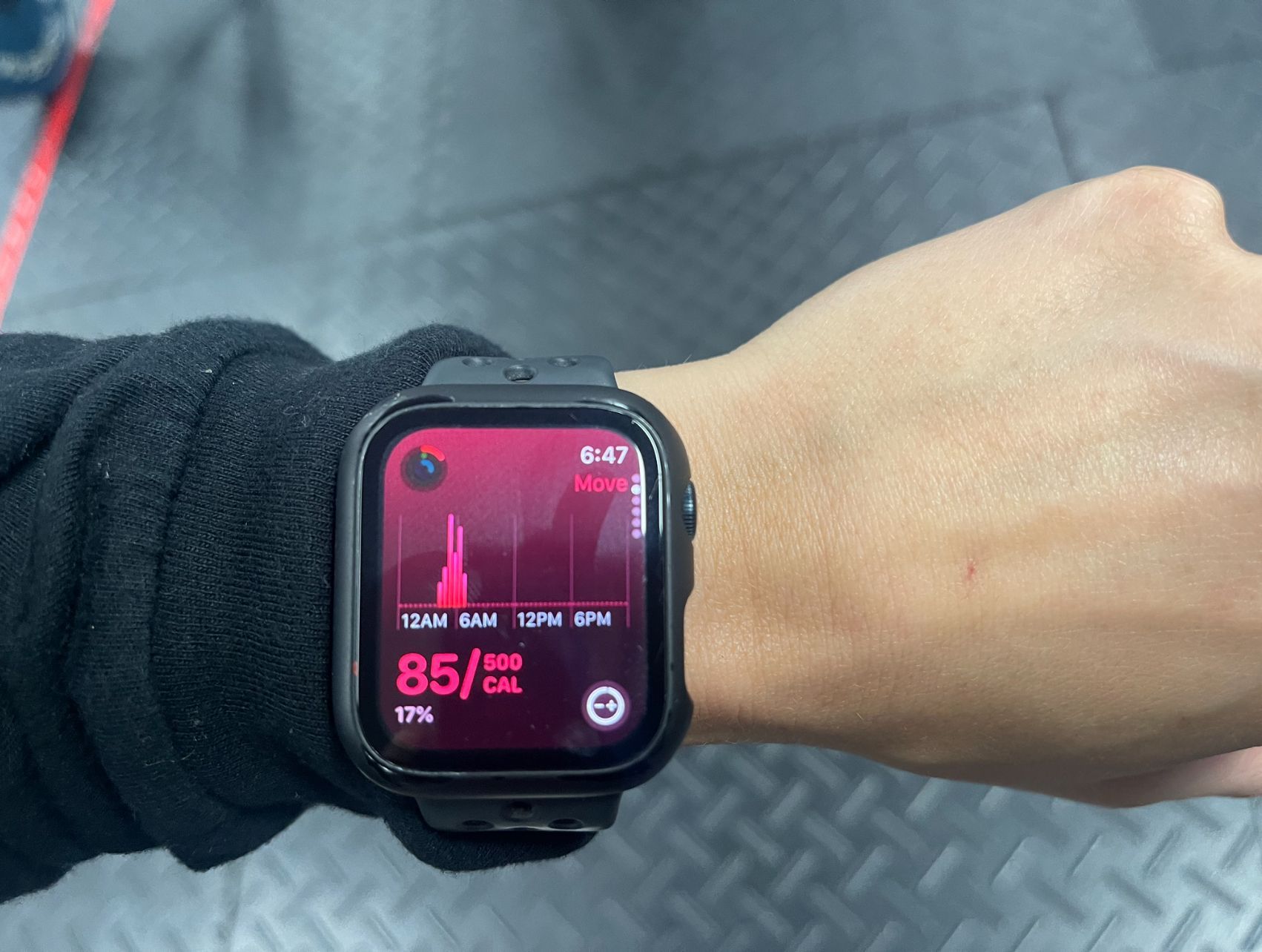The Coconut Oil Craze – Should I Jump on the Bandwagon Too?
The Coconut Oil Craze – Should I Jump on the Bandwagon Too?
Yes you should.
But what exactly is it about this special oil that makes it so healthy? And which type is best?
Let’s dive into some of the fascinating research and find out.
Coconut oil is a special kind of fat.
It is fat, and contains the same 9 calories per gram as other fats, and is extracted from the “meat” of the coconut. It is a white solid at room temperature, and easily melts into a clear liquid on a hot day.
The idea of adding some of this oil to your diet is NOT to add on to what you already eat but to substitute it for some of the (possibly) less healthy fats you may be eating now.
And here’s why, because not all calories or fats are created equal.
This special oil contains a unique type of fat known as “Medium Chain Triglycerides” (MCTs). In fact, 65% of the fat in coconut oil are these MCTs.
What makes MCTs unique is how your body metabolizes them; they’re easily absorbed into the bloodstream by your gut, where they go straight to the liver, and they’re burned for fuel, or converted into “ ketones.”
This metabolic process, unique to MCTs, is what sets coconut oil apart from other fats.
Coconut oil MCTs may help with fat loss
Coconut oil’s MCTs have been shown to have a few different fat loss benefits.
First, it can help to increase feelings of fullness, which can lead to a natural reduction in the amount of food you eat.
Second, because of their unique metabolic route, MCTs can also increase the number of calories you burn. This happens when you compare the calories burned after eating the same amount of other fats.
In fact, a few studies show that coconut oil may increase the number of calories you burn by as much as 5%.
Third, some studies show that eating this amazing oil can help reduce belly fat (a.k.a. “waist circumference”).
Just remember not to add coconut oil to your diet without reducing other fats and oils!
How much should I eat?
Many of the studies that showed increased fullness, increased metabolism, and reduced belly fat only used about 2 tablespoons per day.
You probably don’t need any more than that.
What kind is the best?
There are so many options available in grocery stores these days that it can make it difficult to know which is best.
I recommend you stay away from “refined” ones, and opt for “virgin” coconut oil. That is because it is processed at lower temperatures, and avoids some of the chemical solvents used in the refining process. This helps to preserve more of the oil’s natural, health-promoting antioxidants.
Pro Tip: Always (and I mean ALWAYS) avoid “hydrogenated” coconut oil. It can be a health nightmare because it contains the infamous “trans fats.”
One thing you should also consider is that each oil has a specific high temperature that you should avoid surpassing (e.g. its “smoke point”). For virgin coconut oil, that temperature is 350F. That means you can safely use it on the stove top on a low-medium setting, as well as in most baking.
Conclusion
Substitute some of the fat you eat with virgin CO; this may help you to lose weight, and belly fat, by naturally helping you to eat less, as well as slightly increasing your metabolism.
Oh, and it tastes great too!
Recipe (Coconut Oil): Homemade Healthy Chocolate
Serves 12
⅓ cup coconut oil, melted
1 cup cocoa/cacao powder
4 tablespoons maple syrup
2 dashes salt
4 tablespoons slivered almonds
- Melt the oil, and whisk in maple syrup, salt, and cocoa/cacao powder until smooth.
- Stir in slivered almonds until evenly distributed.
- Pour into an ice cube tray and freeze.
- Store in fridge or freezer to avoid melting.
Serve & enjoy!
Tip: Substitute other seeds, chopped nuts, or dried fruit instead of the almonds if you wish.
References:
This special oil contains a unique type of fat known as “Medium Chain Triglycerides” (MCTs). In fact, 65% of the fat in coconut oil are these MCTs. What makes MCTs unique is how your body metabolizes them; they’re easily absorbed into the bloodstream by your gut, where they go straight to the liver, and they’re burned for fuel, or converted into “ ketones.”
Some studies show that eating this amazing oil can help reduce belly fat (a.k.a. “waist circumference”). Because of their unique metabolic route, MCTs can also increase the number of calories you burn. This happens when you compare the calories burned after eating the same amount of other fats. In fact, a few studies show that it may increase the number of calories you burn by as much as 5%.
The post The Coconut Oil Craze – Should I Jump on the Bandwagon Too? appeared first on No Limits Fitness.
About No Limits
No Limits Fitness provides step-by-step programs to help busy adults get the body they’ve always wanted, without restrictive diets or time-consuming workouts, so they can lead more fulfilling lives. Life is a much better experience in a strong, healthy body!
Recent Posts



Luci
Doug
Tasha
No Limits Fitness helps busy professionals lose weight, get stronger and have more energy so they can lead the lives of their dreams...even if they've tried before and failed.
SERVICES
CONTACT INFORMATION
All Rights Reserved | No Limits Fitness | Privacy Policy
